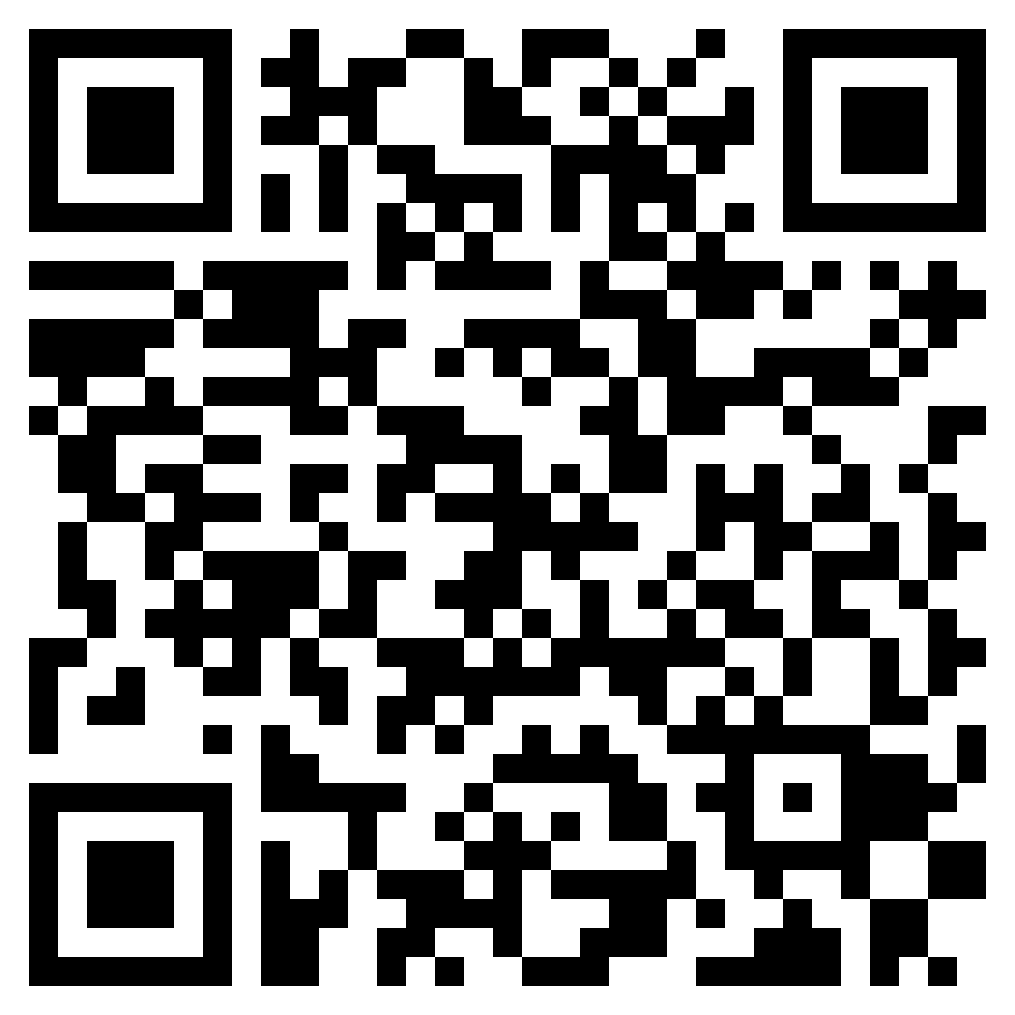STEM EDUCATION AND ITS BENEFITS ON TEACHING FIELDS
DOI:
https://doi.org/10.55640/eijmrms-02-04-66Keywords:
Open-ended, problem based design, global technologyAbstract
In this article you will be aware of many aspects of STEM education, that is the article provides a historical perspective regarding the roots of STEM and then follows up with the contemporary aspects of STEM education. The “T & E” of STEM education are also explored. The article culminates with the roles teaches play in STEM education.
References
Asghar, Anila ; Ellington, Roni ; Rice, Eric ; Johnson, Francine ; Prime, Glenda M. (2012) Supporting STEM Education in Secondary Science Contexts. In Interdisciplinary Journal of Problem-based Learning, 6(2).
Bissaker, Kerry (2014) Transforming STEM Education in an Innovative Australian School: The Role of Teachers’ and Academics’ Professional Partnerships. In Theory Into Practice, 53(1), 55-63.
Brenda S. W. and Celestine H. P. (Ed.). (2014). Models and approaches to STEM professional development. Arlington, USA: NSTA press
Burke, L., Francis, K., & Shanahan, M. (2014). A horizon of possibilities: A definition of STEM education. Paper presented at the STEM 2014 Conference, Vancouver, July 12-15.
Bybee R. W. (2013). The Case for STEM Education: Challenges and Opportunities. NSTA Press Book.
Canadian Journal of STEM Education. Taylor & Francis.
Capraro R.M., Capraro M. M. and Morgan J.R. (2013) STEM Project-Based Learning : An Integrated Science, Technology, Engineering, and Mathematics (STEM) Approach. SensePublishers
Clark J. V. (2014) Closing the Achievement Gap from an International Perspective: Transforming STEM for Effective Education. Springer.
Cole C. (2011) Connecting students to STEM careers : social networking strategies. International Society for Technology in Education.
Committee on Highly Successful Schools or Programs for K-12 STEM Education. (2011) Successful STEM Education: A Workshop Summary. National Academics Press
Committee on Highly Successful Schools or Programs in K-12 STEM Education, Board on Science Education, Board on Testing and Assessment, Division of Behavioral and Social Sciences and Education, National Research Council. (2011). Successful K-12 STEM Education: Identifying Effective Approaches in Science, Technology, Engineering, and Mathematics.
Committee on Integrated STEM Education. (2014) STEM Integration in K-12 Education: Status, Prospects, and an Agenda for Research. National Academics Press.
Committee on Successful Out-of-School STEM Learning; Board on Science Education; Division of Behavioral and Social Sciences and Education; National Research Council. (2015). Identifying and Supporting Productive STEM Programs in Out-of-School Settings.
Committee on the Evaluation Framework for Successful K-12 STEM Education. (2013) Monitoring Progress Toward Successful K-12 STEM Education: A Nation Advancing? National Academics Press.
Department for Business Innovation and Skills. (2011). STEM graduates in non STEM jobs, Department for Business, Innovation and Skills, London.
Eric B. (Ed.). (2012). Integrating engineering and science in your classroom. Arlington, USA: NSTA press
Freeman, B., Marginson, S. & Tytler, R. (Ed.). (2015). The age of STEM: educational policy and practice across the world in science, technology, engineering and mathematics. New York, USA: Routledge.
Gubnitskaia V. and Smallwood C., (2014) How to STEM : science, technology, engineering, and math education in libraries. Scarecrow Press.
Guzey, S. S., Moore, T. J., & Roehrig, G. H. (2010). Curriculum development for STEM integration: Bridge design on the White Earth Reservation. In L. M. Kattington (Ed.), Handbook of Curriculum Development (pp. 347-366). Hauppauge, NY: Nova Science Publishers.
Hallam, E. (2005). Understanding Industrial Practices in Design and Technology – Food Technology. Nelson Thornes.
Honey, M., Pearson, G., & Schweingruber (Eds.). (2014). STEM integration in K-12 education: Status, prospects, and an agenda for research. Washington: National Academies Press.
Hopkins, S., Forgasz, H., Corrigan, D., & Panizzon, D. (2014). The STEM issue in Australia: What it is and where is the evidence?
International Journal of STEM Education. A SpringerOpen journal.
Jennifer Traig (2015) STEM to story: enthralling and effective lesson plans for grades 5-8. 826 National
Journal of science education and technology. SpringerLink
Journal of STEM Education: Innovation and Research. Technovations, RLS, LLC
Khatri D. and Hughes A. (2013) A teaching guide to revitalizing STEM education: phoenix in the classroom. Rowan & Littlefield Education
Lachapelle, C. P., & Cunningham, C. M. (2014). Engineering in elementary schools. In S. Purzer, J., Stroble, & M. Cardella (Eds.). Engineering in pre-college settings: Research in

Downloads
Published
How to Cite
Issue
Section
License
Copyright (c) 2022 Daminov Sultonjon Abdusattor O'g'li , Kasimova Gulnora Abaydullayevna

This work is licensed under a Creative Commons Attribution 4.0 International License.
Individual articles are published Open Access under the Creative Commons Licence: CC-BY 4.0.

